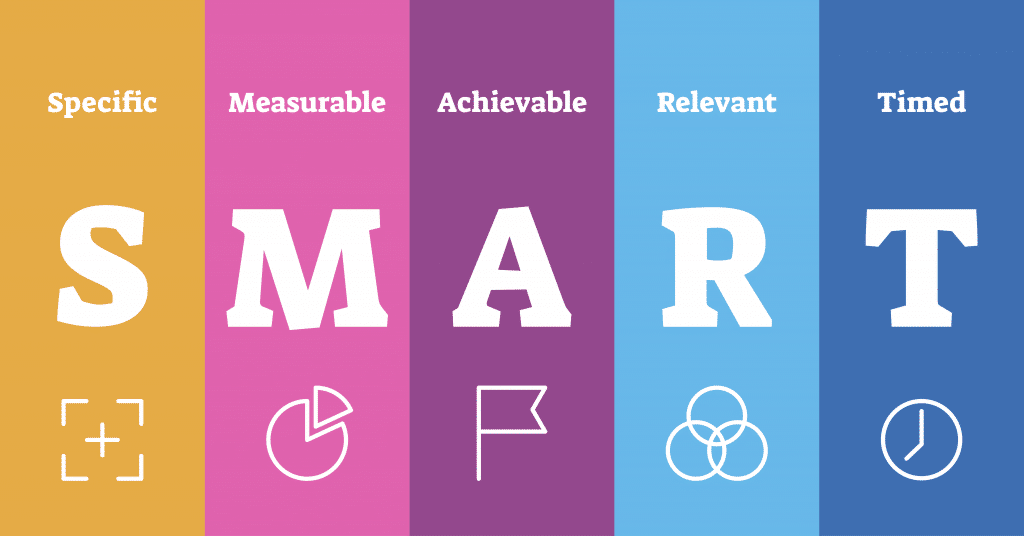
Beginner’s Guide: Small Business Marketing and Digital Advertising
Whether you’ve been in business for years or are just getting your feet wet in the entrepreneurial world, it’s no secret that a well-thought-out small business marketing strategy is going help you catapult your company toward success. However, crafting this plan from scratch with minimal experience can be daunting.
No problem! Red Egg Marketing is a team of small business marketers devoted to striking the perfect balance of bold innovation and tried and true solutions. We help our clients build their brand and profitability through traditional and digital advertising, and over the past nine years, we’ve seen it all. Although every client is different, there are a few steps you can take as a small business owner to get your company started on a sustainable growth path.
Identify Your Target Audience
Your target audience is the group of people who will most identify with your brand, products, and mission. These individuals will engage with your company initially because they believe your product or service will solve a problem or add value to their lives. Your brand and company culture will be the ingredients that will solidify their devotion and continued engagement with your business. In order to market to this group of people, you need to understand exactly who they are and what drives them to convert.
When you’re starting out, there are a few questions you should ask yourself to identify your target audience for your small business:
-
What makes my product or service valuable?
-
Who are the people who would most benefit from an engagement with your business?
-
How can you use available information both online and socially to more efficiently find these individuals?
-
Do you have existing customers? How can they be a resource to attract new customers?
As a small business owner, you know your product best. Think of the value proposition of your product or service and imagine your ideal customer. Think of generational differences, geographical factors, cultural and social components. Obviously, an 85-year-old man prioritizes different things than an 18-year-old woman. Imagine you’re presenting your business in an elevator – who is most likely to make a purchase before getting off?
Next, collect as much data as you can from the information around you and online. Social media is a great place to turn if you’re looking from scratch. Compare yourself to other businesses in your industry and assess which demographic interacts most on social media and in reviews. You can also utilize existing customers by running quick surveys either after purchases or in an email format.
Set Specific and Achievable Goals
Now that you know who your target audience is, you can better communicate with them to achieve company goals. What are those goals?
A small business marketing strategy should aim to captivate the customer from first engagement to final purchase and beyond. What is your goal for your marketing campaign? If it’s brand awareness, you shouldn’t expect an influx of online orders or a flood of phone calls or in-person business. If your goal is online conversions, you may not experience a ton of social engagements or PR exposure.
It is easy to feel overwhelmed by all the advertising opportunities and strategies at your disposal. By keeping your overall goals in mind throughout the strategic planning process, you can focus your small business marketing efforts where it counts.

Invest in Your Website
Everything is digital these days. From ecommerce companies to small local bakeries, a fast and mobile friendly website is essential if you want to capture the most leads possible.
This is doubly important if you are considering using digital advertising strategies like social media ads or Google Ads for small business. These platforms can be an extremely effective way to maximize results with minimal budget. However, these ads require you to send a potential customer to a landing page on a website. If this landing page doesn’t have call to actions, valuable resources, engaging content, a user-friendly interface, and quick loading times, you will essentially be throwing money away.
While considering how to map out your site, make sure to craft messages and landing pages that move your ideal demographic through the sales funnel efficiently. Place calls to action throughout your landing pages to inspire purchase consideration as they scroll and take in information on your site.
At Red Egg, we have designed and built dozens of websites in all different kinds of industries and one major creative choice proves most impactful: simplicity. Keep your landing pages clean, simple, and free of clutter. It’s important to keep the most important information above the fold so users can find what they’re looking for without having to search. This will ensure that once leads arrive on your site, you will be that much more likely to successfully convert them to customers!
Pro Tip
Utilize Your Digital Advertising Budget Wisely
Short-term plays are always a good idea when you’re starting a small business marketing strategy. Start small so that you will see a return on investment sooner, and thus, begin producing immediate revenue. After you gain traction and start seeing the fruits of your labor, you will have more experience and budget to spend on some long-term strategies.
This growth model means you’ll likely want to invest in digital advertising options like ads or social media campaigns. While long-term strategies, like search engine optimization, are incredibly important, those results appear more gradually.
Once you have identified which small business marketing tactics you want to utilize and have experimented with different platforms, make sure you’re keeping a close eye on things and recording results and conversion data. This can inform you and your team of what’s working, what’s not, and what new things you should try. From there, you can invest more in the things that are working and scale back the things that are not.
Using a Small Business Marketing Strategy to Grow
The major takeaway here is not to let marketing efforts fall to the wayside. However time-consuming, it’s very difficult for your business to expand and grow without investing in marketing.
Small business marketing strategies and digital advertising efforts will go a long way to attract new business, increase conversions, and improve loyalty among existing customers. If putting together a strategy just isn’t something your team has the bandwidth for right now, Red Egg is here to help. Shoot us an email or drop a line to see how our team can help your company grow.